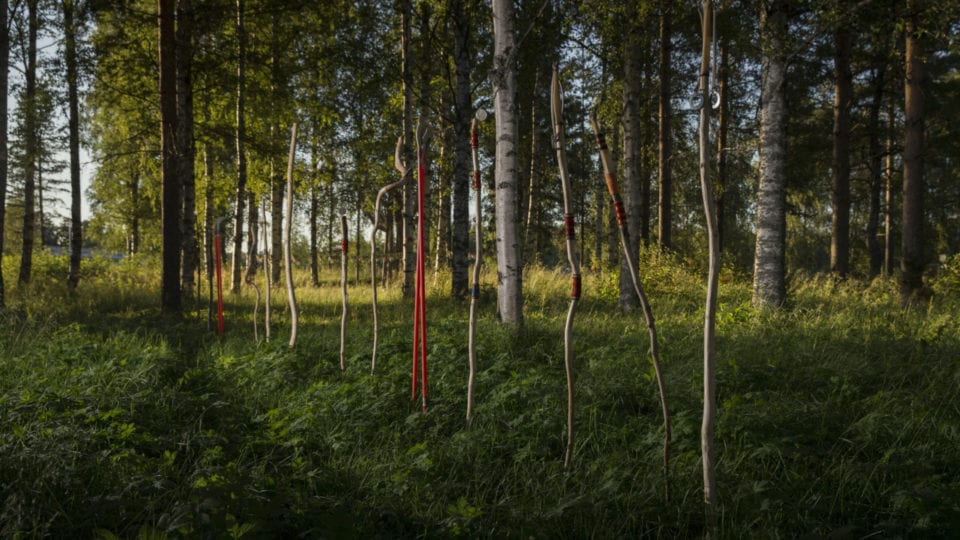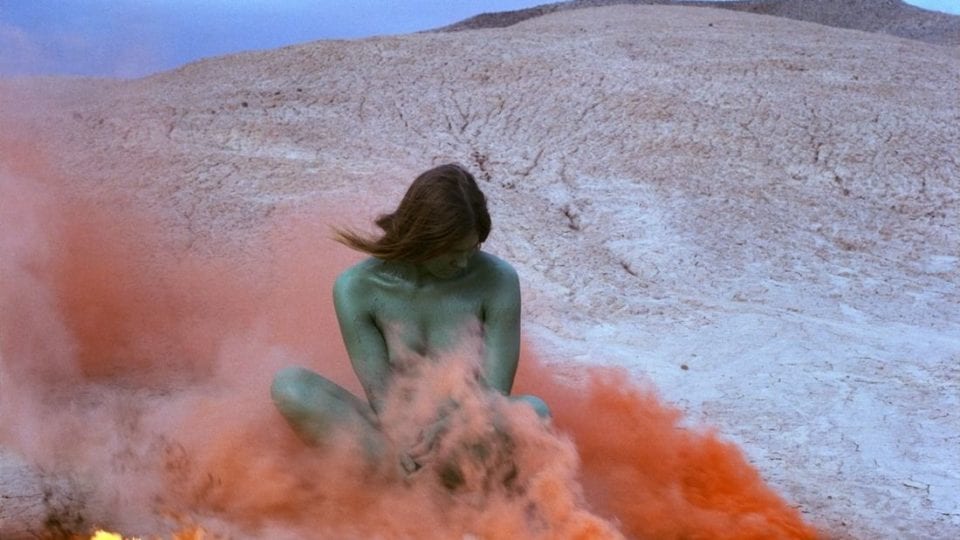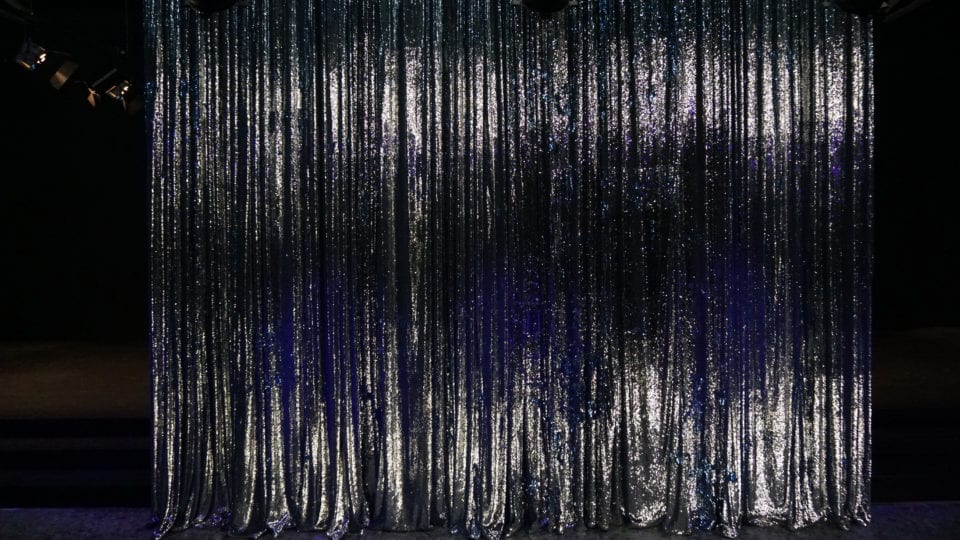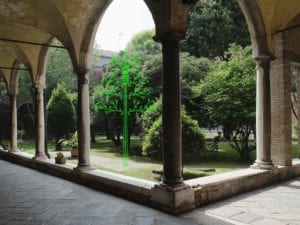The 58th International Art Exhibition is titled May You Live In Interesting Times. Tapping into the complexities of human existence, 2019’s pavilions and exhibitions creatively respond to the political and social realities that define the 21st century. Aesthetica selects ten must-see events.

The Miracle Workers Collective comprises creatives from around the world, from artists and filmmakers to writers and activists. For Venice, the group have collaborated on a cinematic work, and present a site-specific sculptural installation by Outi Pieski. This piece demonstrates the trans-nationality of Sámi people across Norway, Sweden, Finland, and Russia. The show creates a space for reflection upon ideas of national representation and belonging.
Dysfunctional, Carpenters Workshop Gallery
A desire to rethink the boundaries between art and design defines Dysfunctional, an exhibition revelling in the power of artistic expression and craftsmanship. Site-specific works respond to pieces found in Venice’s Ca’ d’Oro collection. For example, Studio Drift’s contemporary chandelier Fragile Future 3 (2019) forms a frame of light around a 16th century painting, encouraging visitors to think about our connection with nature.

Courtesy of Through the Flower and Salon 94, New York.
This show champions the voices of trailblazing female artists – both established and emerging – who have radically altered the landscape through photographs, sculptures, film, VR and performances. Ground-breaking artworks by Judy Chicago, Lynda Benglis, Guerrilla Girls, Hamra Abbras and more come together in bold acts of celebration, resilience and rebellion.
Inspired by the Odyssey, Malta’s contribution – Maleth/ Haven/ Port- Heterotopias of Evocation – uses myth as a framework to investigate migration, borders and the need for a haven in times of crisis. For example, Klitsa Antonio’s Atlantropa X draws on personal experiences of displacement amid conflict, whilst Outland, a multimedia installation by Vince Briffa, focuses on a longing for freedom. Trevor Borg’s Cave of Darkness – Port of No Return asks: how important is it to identify truth from fiction?

Artist duo Pauline Boudry / Renate Lorenz transform the Swiss Pavilion into a vast immersive installation, Moving Backwards. Seeking to reveal the constructed nature of identities, and aiming to undo stereotypes, their practice engages with philosophy, art, political activism, post-colonial and queer theories. A large-scale film involves viewers in uncanny physical and sensory encounters, permeated by quotes from seminal writers.
French Pavilion
Laure Prouvost’s Deep See Blue Surrounding You / Vois Ce Bleu Profond Te Fondre is a fictional film that takes the form of a journey, travelling from the Parisian suburbs to the Mediterranean Sea – finally arriving in Venice. The Turner Prize-winner offers a surreal and escapist voyage that transports viewers towards an ideal elsewhere. Whether this place is tangible or imaginary is left for interpretation.

Ghana Pavilion
Ghana’s first national pavilion, designed by architect Sir David Adjaye, features Felicia Abban, John Akomfrah, El Anatsui, Lynette Boakye-Yiadom, Ibrahim Mahama and Selasi Awusi Sosu. Rooted both in Ghana and its diasporas, the presentation powerfully examines the trajectory of freedom across three generations of creative practice – including images by the country’s first female photographer.
Danish Pavilion
Danish-Palestinian artist Larissa Sansour’s Heirloom combines film, installation and architecture to offer an otherworldly – yet strikingly timely – rumination on memory, history and identity. Staged in the town in Bethlehem decades after an eco-disaster, the film offers an interplay between fiction and reality, inviting viewers into a dark, dystopian universe.

Scotland + Venice: Charlotte Prodger
A new video installation by Turner Prize-winner Charlotte Prodger builds on a sustained exploration of subjectivity, self-determination, and queerness. As the artist notes: “I’m excited by the fluid borders of identity – especially the perceived edges of gender and geography. The productive crux of this new work is precisely where all these things come into contact with one another.”
A fascination with defunct elements of society – from extinct birds and discontinued fragrances to buried diseases – is at the heart of Dane Mitchell’s installation at Venice. Starting with a list of 10 subjects of interest, this grew to over 260 lists of bygone items. Part of a sonic and visual pavilion, Mitchell recounts the lists – comprising three million words – as large-scale, whispered recordings.
May You Live In Interesting Times, Biennale Arte 2019, runs from 11 May-24 November. Find out more here.
Lead image: Studio Drift, courtesy of Carpenter’s Workshop Gallery





